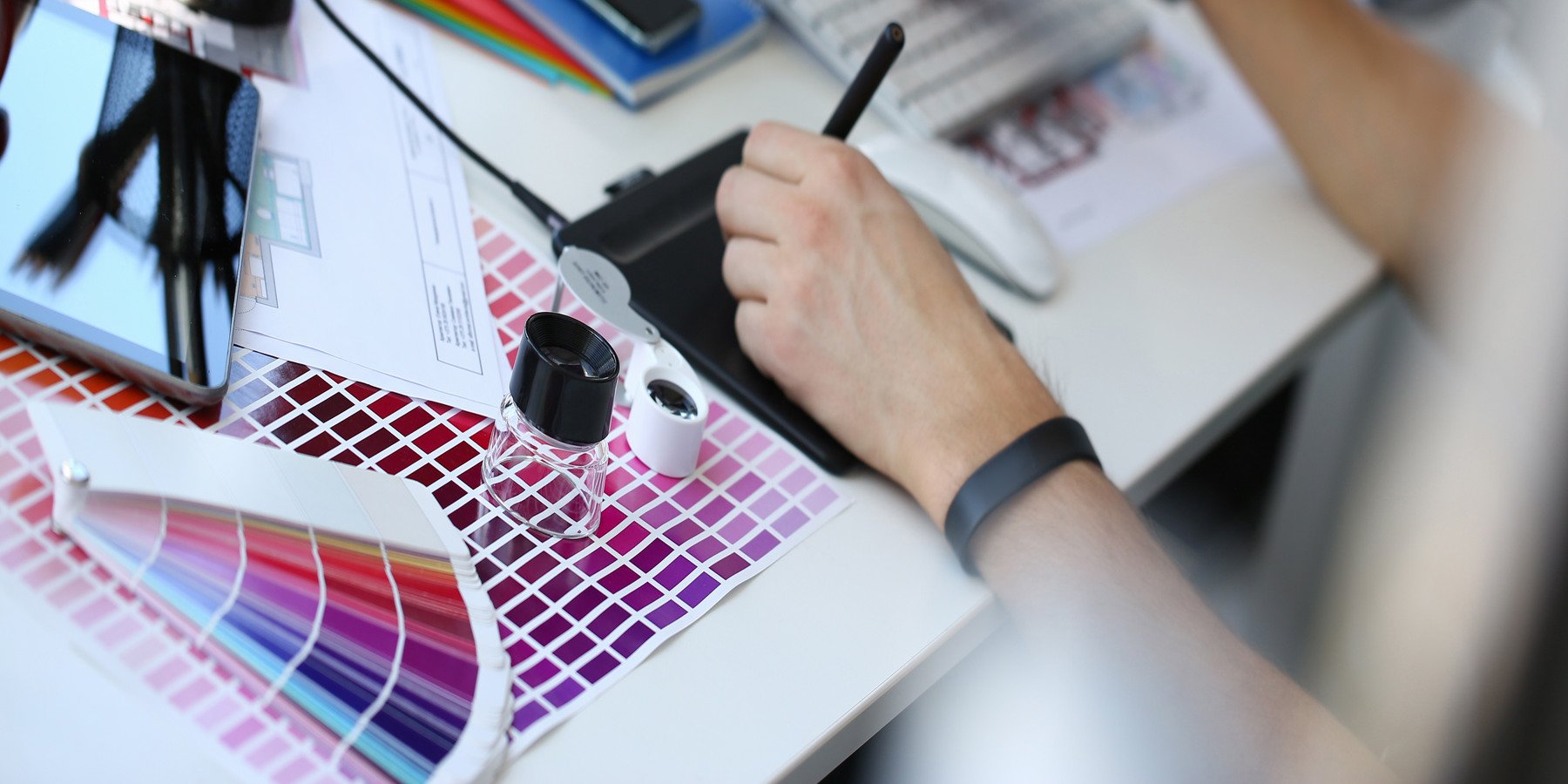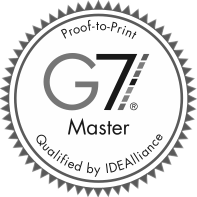Neuroscience research out of Canada Post shows that direct mail is far more persuasive than digital media. Its motivation response is 20% higher—even more so if it appeals to senses beyond touch—because its physical format stimulates the underlying mental processes that guide behavior. In other words, by engaging more senses, direct mail has the power to drive more action—and more leads—than digital media. Together, integrated direct mail and digital campaigns capture 39% more attention (time spent) than digital campaigns alone.
Despite its proven success, digital technologies have been major disruptors to the print industry for decades. Fortunately, industry leaders dealt with the disruption head-on. The print industry has become more efficient while also developing a slew of new technologies, automation, software, papers, inks, and finishes for marketers to take advantage of.
With the pre-conceived shackles of old-school print removed, the ability to create highly targeted, memorable, long-lasting experiences that engage customers throughout the buyer journey is driving a new era of creativity fueled by print. At the same time, it’s forcing many digital marketers and designers out of their comfort zones—as they learn how to transform and augment digital campaigns with print.
Studies have shown that haptic (touch) memory is the type of memory that has the strongest impact on the human brain. Textures and finishes like embossing, debossing, raised ink, foil, glitter, and other enhancements engage customers to do more than just see the print. It entices them to experience a truly unique sensory experience that screams out, “Touch me!”
Consider the phenomenon of unboxing videos. Millions of people invest five minutes or more watching someone unpack a box. In fact, 62% of people who view unboxing videos do so when researching a particular product.
If someone is willing to spend 10 or 20 minutes talking about a product and/or its package and if millions are willing to watch an unboxing, just imagine how capitalizing on this trend can impact brand awareness—and in turn, customer acquisition. Recent print innovations make it possible for any business to deliver the ultimate unboxing experience. One that stimulates the senses and creates an experience not soon forgotten.
Unfortunately, a large number of digital marketers and designers are unaware of the latest innovations and trends in the print industry— and the important role it plays in customer acquisition, conversion, and retention.
The print industry’s expertise spans data, postage, direct mail, postal regulatory and compliance requirements; embellishments and textures; workflow, automation, and e-commerce software; packaging, signage, event options and more. It’s easy to become quickly overwhelmed by the physical world of print.
To help digital designers, printers are sharing time-saving tools, templates, tips, and advice on how print can help their lead gen efforts. It’s a good idea to tap into the expertise of print service providers for guidance—from the latest trends and technologies in papers, inks, and finishes to up-to-date legislation and postal regulations, rates and programs. Working together, printers, marketers, and designers can find ways to boost results while making the most of budgetary limitations.
An annual conference guide for Bullhorn, a Shawmut client, is a recent example of success derived from collaboration.
“Industry events are a very stressful process,” says Kirsten Forsberg, Senior Designer for Bullhorn. “There are a ton of printed
materials to get done along with signage, event logistics, speaker coordination, staffing, and so much more. I couldn’t do it
all without the support of a cost-effective way to achieve a similar look to spot gloss effects. Leveraging Dave’s advice, they also moved to Mohawk Via for the stock for the inside text pages which gave the book a nicer feel.
For this year’s conference, the team at Bullhorn was looking to elevate the guide for attendees. As one of the most well-attended conferences in staffing, they wanted to reflect on their growth and the quality attendees had come to expect. Unfortunately, past efforts to raise the bar on the printed conference guide hadn’t worked out, so they sought out a new partner.
“When we pitched the project to Shawmut, we were planning on something similar to what we had done in the past,” adds Kirsten.
“But our rep, Dave, wanted to take things a step further and help us explore other creative possibilities. He sent over a ton of samples too which was very helpful for our team of visual learners.”
After consulting with Dave and reviewing Shawmut’s print samples, Kirsten and the team ultimately decided on a strike-through varnish technique which is an elegant, but
“Our conference guide and other print materials really make a big difference for our attendee experience,” explains Kirsten.
“A few years back we skipped the guide and opted for a 1-pager and mobile app instead and it was like
herding cats. We became painfully aware that the printed materials were something we could never do without. We’ve learned that the conference guide can help people get the most out of the experience and many use it years later for reference.”
For Kirsten and the Bullhorn team, partnering with Shawmut led to new print strategies that fit their goals. And the best part for Kirsten is that she didn’t have to do the
research. She was able to rely on Shawmut’s recommendations and plans to do the same next year.
Whether your leads and customers come through your website, trade shows, advertising or referrals, knowing how to get the most out of each lead is important to your bottom line. Savvy marketers have learned to look at print through a new lens—and how to squeeze every drop of its influence throughout the customer journey.







